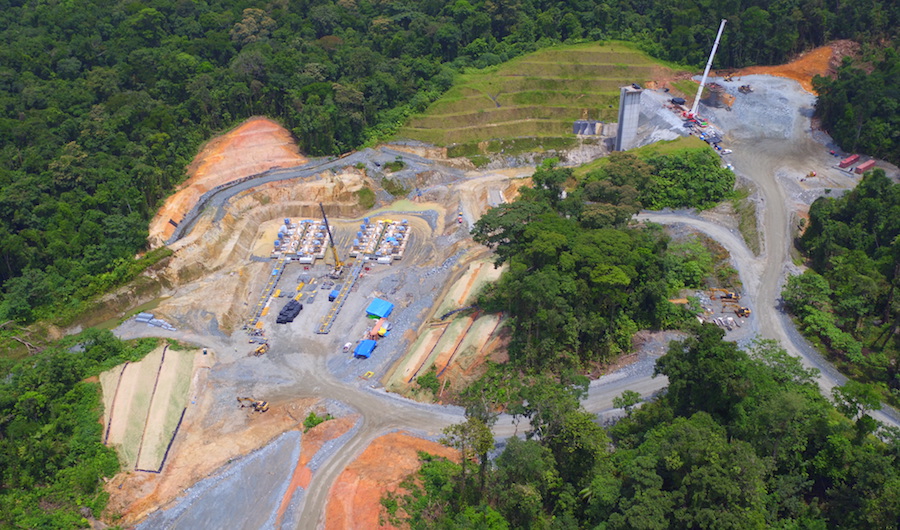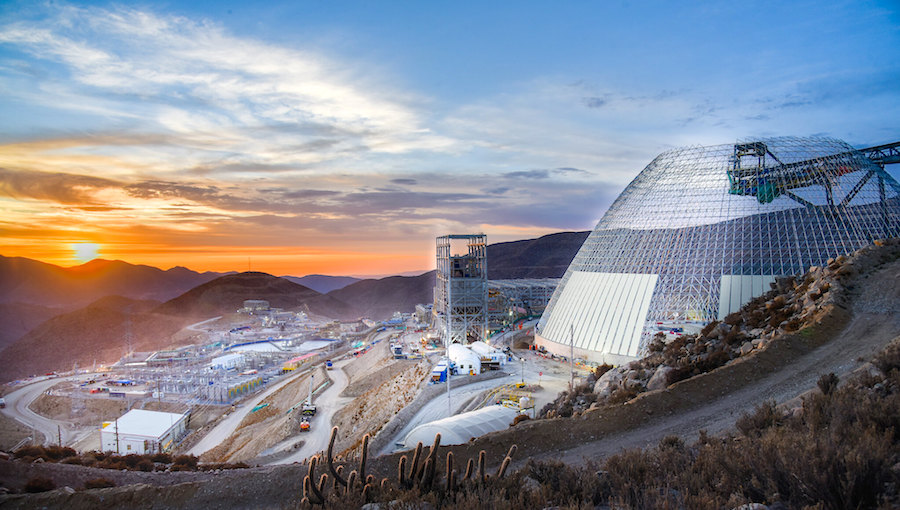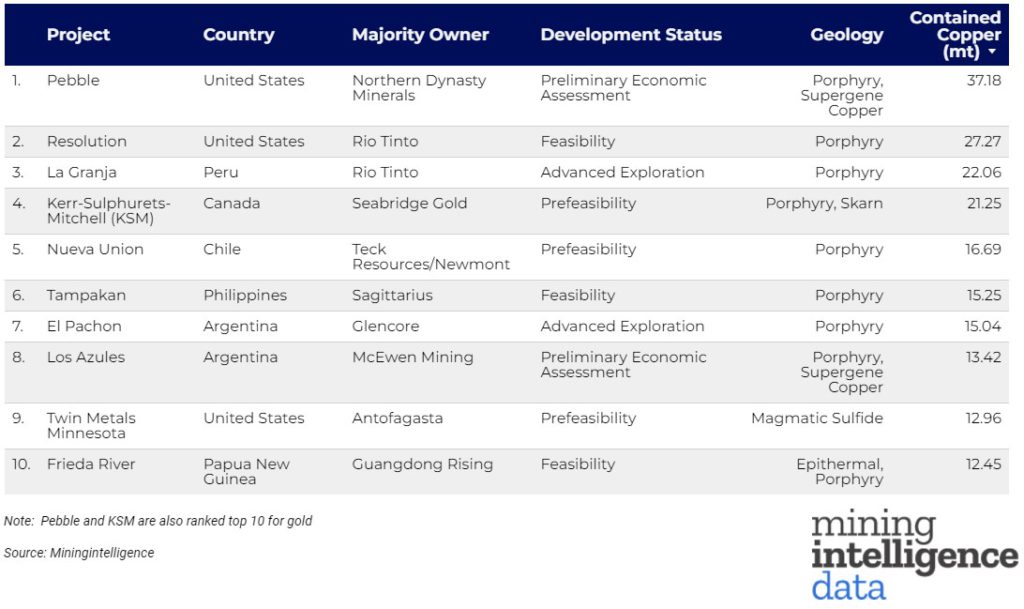It means the world would need to build eight projects the size of BHP’s (ASX: BHP) Escondida in Chile, the world’s largest copper mine, in the next eight years. Such task, Heimlich said, seems questionable “possible” rather than “probable”, given the bigger scale developments required and the fact that about half the projects in the pipeline are greenfield projects.
“Historically, the completion rates of these projects have been low. A large share of the greenfield possible projects in 2012 remain under-developed so there are questions about the ability to respond to the supply gap in an efficient and timely manner,” he said, as reported by Mining Journal.
Some major copper mines have come online in the last three years. First Quatum’s (TSX: FM) Cobre Panama achieved commercial production in September 2019. The asset is estimated to hold 3.1 billion tonnes in proven and probable reserves and at full capacity can produce more than 300,000 tonnes of copper per year.

Ivanhoe Mines (TSX: IVN), began copper concentrate production at its Kamoa-Kakula project in the DRC in May last year, achieving commercial production in July.
Anglo American (LON: AAL) mined first ore at its Quellaveco mine, located in the Moquegua region of Peru, in October 2021. The asset is expected to reach commercial production by mid-2022, generating between 120,000 and 160,000 tonnes of copper this year, and 300,000 tonnes annually for the first 10 years at full production.
Pipeline of hopes
While copper projects are in the pipeline, producers are wary of repeating oversupply mistakes of past cycles by speeding up plans at a time when mines are getting a lot trickier and pricier to build.
Prices for the metal have traded around decade highs, though they fell on Wednesday to $10,331 a tonne in London due to concerns over demand in top consumer China, which is grappling with the worst resurgence of covid-19 cases since early 2020.

Bank of America (BofA) Global Research’s latest report backs CRU’s forecast. According to the bank’s analysts, visibility over the near-term copper project pipeline is good, but activity increases will “come with a wrinkle”.
“Many of the projects currently developed have been in the making for almost three decades, and with exploration activity relatively limited in recent years, supply increases may fade from 2025,” the experts said.
A lump of next decade’s new supply will potentially come from the Reko Diq deposit in Pakistan, as Barrick Gold (TSX: ABX) (NYSE: GOLD) reached a deal last week that ended long-running dispute with the country’s government.
Alcantara Group’s Tampakan project in the Philippines is also expected to contribute closing the global supply gap and so is Seabridge Gold’s KSM project in British Columbia, Canada.

Rio Tinto (ASX, LON: RIO) is developing a $6.93 billion underground expansion of the giant Oyu Tolgoi copper-gold mine in Mongolia, which has been plagued by delays and costs overruns. First production has been deferred several times and it is now expected in the first half of 2023.
The market is also following closely what SolGold (TSX, LON: SOLG) is doing with its Alpala copper-gold project at the Cascabel property in Ecuador.
The company has yet to publish a pre-feasibility study (PFS) for the project, but it says that once developed, it would produce an average of 150,000 tonnes of copper, 245,000 ounces of gold and 913,000 ounces of silver in concentrate per year during its 55-year life-of-mine.




